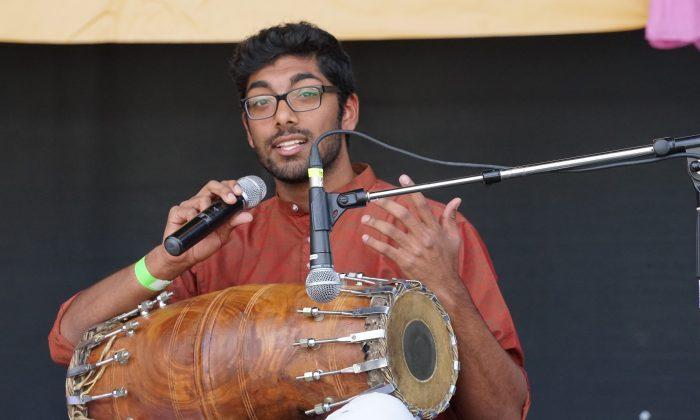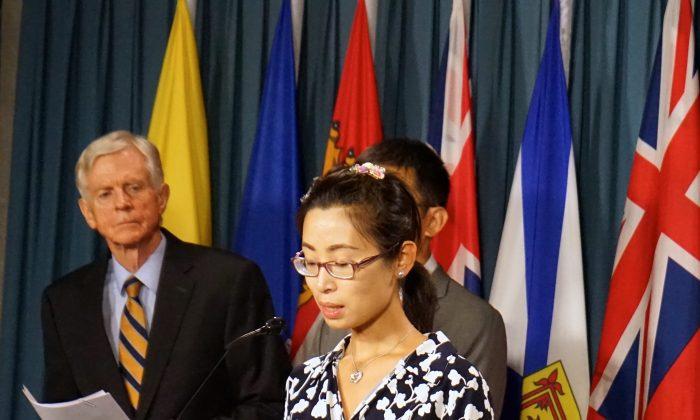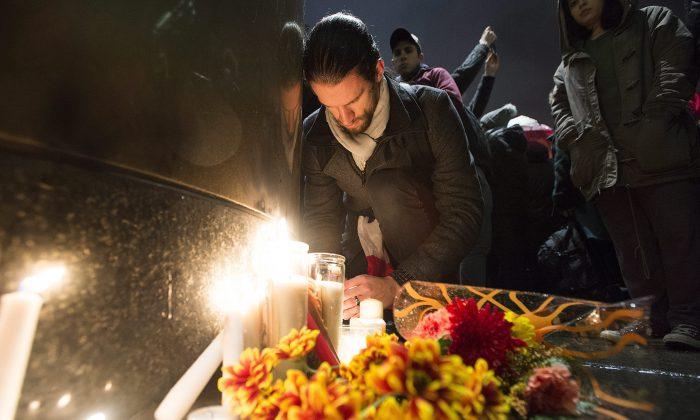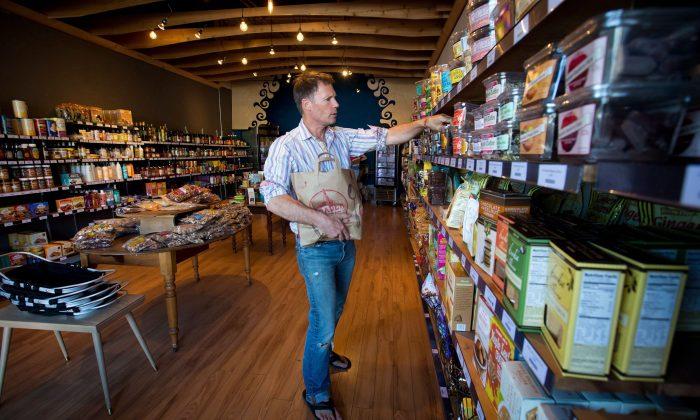Given Canada’s large Indian population, it’s no surprise that each summer across the country, Indian culture is showcased at festivals in many major cities.
Ottawa’s annual Festival of India took place Aug. 7-9, providing some of the best of Indian food, dance, music, and family fun.
In its fourth year, the festival is designed to celebrate the diverse culture of India and provide an opportunity for both nationals and non-Indian heritage folks alike to experience traditional and modern India through shows, workshops, and demonstrations.
“You can get a glimpse, a snapshot of India by attending the Festival of India,” says festival founder and president Bala Madaparthi, adding that attendees “get educated, get entertained.”
On the main stage, Ravi S. Singh described the workings of two types of hand drums: the tabla (a set of two drums) and the naar (a larger wooden drum). A group of musicians accompanied by a harmonium then demonstrated some of the complex and rapid-fire rhythms used in classical Indian music.

Various workshops and demonstrations included different types of yoga; how to make pottery; singing Indian music; applying a henna tattoo; making a kite; dancing (folk, classical, and Bollywood styles); medicinal uses of Indian spices; and Indian cooking demonstrations, to name a few.
One very popular demonstration, called “Six Yards of Delight,” showed how a sari is put on. The yards and yards of fabric that make up a sari are wrapped once around the body and then gathered at the waist. One end is then flung over the shoulder or head as a cover up or for warmth. It looked easy enough but requires assistance from a helpful and knowledgeable person and likely takes some time to master.
Members of the audience were invited onstage to try on a sari. The youngest volunteer was a girl of about 5 who seemed thoroughly charmed by the garment and who looked like a princess once the buttercup-yellow fabric was folded and made small enough to fit her diminutive frame. She then demurely posed for photos.
To enhance the culinary experience, this year the food focused on particular areas of India. “We wanted to bring in different varieties of foods from different areas of India,” Madaparthi said.

There were dosas from the east, west, and south of the country. A dosa expert himself, Madaparthi said, “You will not get this kind of dosa anywhere in Ottawa.”
One of the challenges in preparing the food was ensuring that the chefs made it in the chosen way so the taste would be consistent. Not an easy task given that the volunteer cooks were from different parts of India, and each of the country’s 29 states uses different spices and cooking styles.
Also introduced this year was the bringing together of many associations and organizations that Indian nationals may belong to so each could experience the different aspects of Indian culture. For example, there was food from Bengal and an opportunity to try Alpana, an art form from Bengal that uses coloured rice powder.

“We would like to showcase the culture of India so that the people could understand what it could contribute to the general harmony of the multi-cultural society. That is the main focus of the festival,” said Madaparthi. To that end, included in the workshops was a panel discussion titled “Building a Global Community: Prospects and Problems.”
Vendors sold traditional Indian clothing and jewellery for adults and children. The henna booth, with a large variety of patterns to choose from, had a steady line-up of people waiting for a henna tattoo.
Holi, a spring festival in India, is celebrated by throwing brightly coloured rice flour or cornstarch at each other, and there was an opportunity to take part in that as well. Some participants were hardly recognizable when it was over. One little girl wasn’t sure if she would ever get the coloured powder off but was reassured that it would wash away in the shower.






Friends Read Free